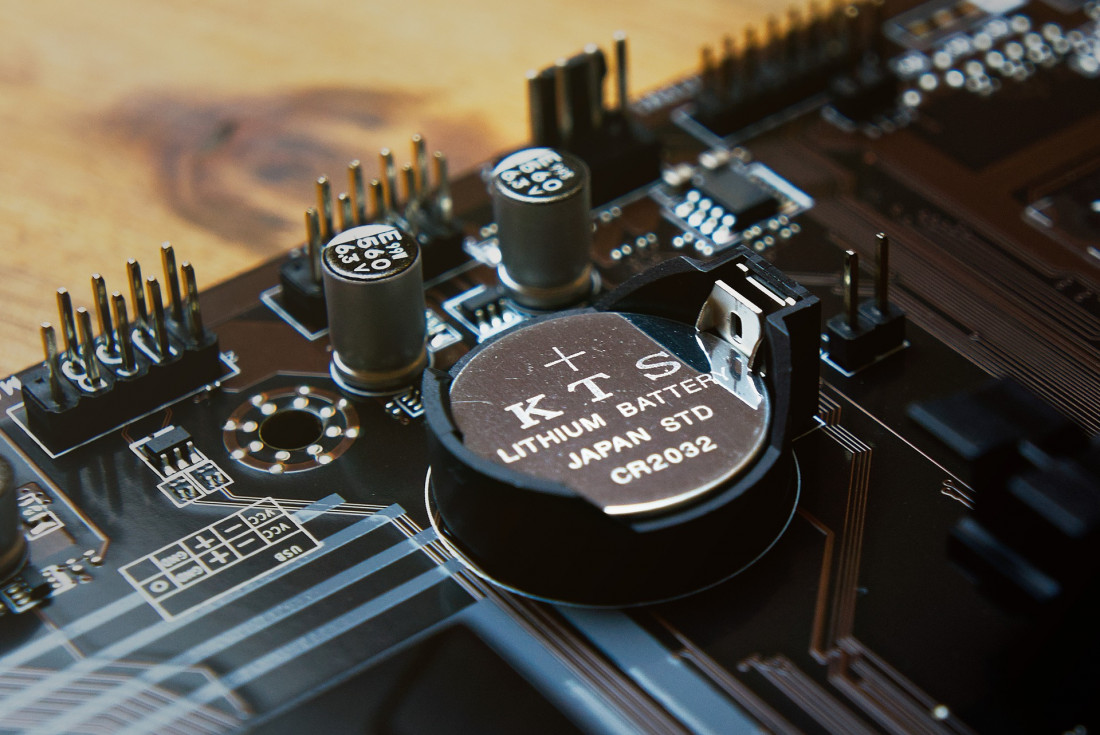People who are ‘in the know’, know that incorporating rare earth elements in electronic components significantly improves their electromagnetic properties. Everybody else, doesn’t know that most household appliances, from the vacuum cleaner to the refrigerator to the many mobile phones that each home has, contain these rare earth minerals.
As their name suggests, they are rare and often difficult to extract, and so are a major goal in the recycling industry.
At present, over 95% of world production of rare earth elements is located in China. A fact that gives cause for concern in many regions, as control of rare earth mineral supply has huge strategic implications given their use not only in household objects, but also in the vital components of computers, nuclear power plants, space programs, military command and missile defence systems, nuclear submarines and the chemical industry.
The Chinese monopoly of production was completed in the last decade of the 20th century, when the United States, as the second largest producer, began to slow down production due to decreasing productivity, rising costs and for environmental reasons. This unbalanced situation lead to China setting quotas and initiating export licenses, that resulted in a trade dispute at the WTO in Geneva. The ensuing brawl and barriers triggered skyrocketing prices, that decreased Chinese exports in the early years of the milenium.
It was hoped that the dispute would have been resolved by the end of 2013, but by then the United States had chosen to renew its mining and production efforts, to bring about a desired reduction in world prices. However by this time, the whole pricing debacle had attracted the attention of scientists and investors in the search for a global strategic solution to sourcing rare earth minerals. One of the solutions found was through efficient recycling.
Until recently, there were two main recycling methods, a pyrometallurgical process which uses high temperatures for separating rare earth elements (lanthanides), and a second method which employs strong acids, and the subsequent use of selective reagents to separate lanthanides that are contained within a given source.
The first method has a very high energy bill, which given rising energy costs negatively affects the economic effeciency of recycling. The second method can have problems with the individual effect of the specific agents used, and also produces a large amount of hazardous waste.
To solve these problems, a new method has been found that is partly based on a process of separation by leaching, followed by the use of hollow fibre membranes in polypropylene that contain microscopic pores for further selection. After leaching, the prototype device uses a series of eight membrane pumps that push the solution to the outer surface of the hollow fibre membrane. At this point researchers found that by introducing an organic solvent containing an extractant, they were able to select lanthanides.
At the start, the extraction solution is immiscible with the feed solution, which the higher pressure within the membrane prevents flowing through the pores. However, since the extractant is in contact with the feed solution where it meets the pores, the lanthanides are passed through and in doing so are sepated from the solution. Subsequently, a stripping acid (oxalic acid solution) is utilised on the surface of the membrane to obtain the lanthanide solution. Researchers then precipitated a mixture of lanthanide oxides from the stripping solution, by way of filtering, drying and calcinating.
Using X-ray diffraction the substance was confirmed to be free of detectable impurities, such as iron and boron, allowing the oxides of lanthanides to be directly reused for some applications without further processing.
Research is ongoing, as the challenge still remains to find a single-step method that will allow the selection of individual element of the lanthanides. For now though, it is known that the system can recover more than 90% of the lanthanide contained in most types of waste; a figure that is comparable to other current methods.
The method is still at a prototype stage, but could generate anywhere from 20 to 30% less chemical waste than conventional extraction techniques. A fact that could have far reaching global implications, not only for the recycling and chemical industries, but for both economic and politically strategic reasons for years to come.

